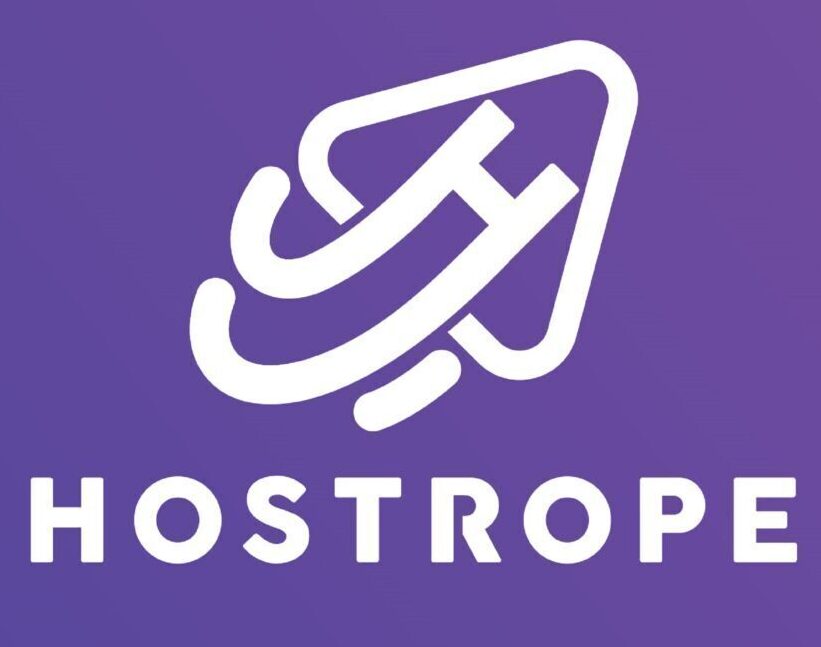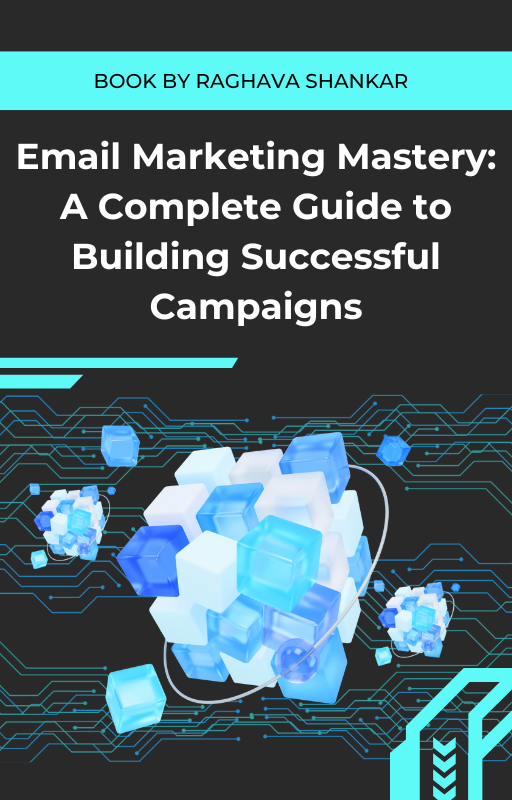Welcome to the world of targeted email marketing, where understanding your audience is the secret ingredient to success! With our inboxes flooded with countless promotional emails every day, it’s crucial for businesses to stand out and make a meaningful connection with their subscribers. In this blog post, we’ll uncover the power of getting to know your audience and how it can unlock endless possibilities for effective email campaigns. So grab a cup of coffee and join us on this journey as we delve into the art of captivating your readers’ attention and driving real results through personalized communication. Let’s dive in!
What is Targeted Email Marketing?
Targeted email marketing is a form of direct marketing that uses email as the primary means of contact with potential and current customers. It involves sending out targeted emails to people who have either signed up to receive them, or who have shown an interest in what you have to offer.
The goal of targeted email marketing is to build relationships with potential and current customers, and to ultimately encourage them to buy your product or use your service. In order to do this, you need to first understand who your target audience is and what they are interested in. Once you know this, you can create targeted content that will resonate with them and encourage them to take action.
There are a few different ways to go about targeted email marketing. You can either send out mass emails to everyone on your list, or you can segment your list and send out more personalized emails to smaller groups of people. Segmenting your list allows you to be more strategic with your messaging and ensures that each person on your list is receiving content that is relevant to them.
No matter which approach you take, the key to successful targeted email marketing is understanding your audience and crafting messages that appeal to their specific needs and interests. By taking the time to get to know your audience, you can create targeted content that will make them want to buy from you again and again.
Understanding Your Audience and Their Needs
The first step to effective targeted email marketing is understanding your audience and their needs. Only then can you create content that resonates with them and encourages them to take action.
There are a few key things to keep in mind when trying to understand your audience:
1. Who are they?
Think about who your target customer is. What are their demographics? What are their interests? What motivates them? Knowing as much as you can about your target customer will help you create content that speaks to them directly.
2. What do they need?
What problems does your target customer have that your product or service can solve? What are their pain points? By understanding what your audience needs, you can create content that shows them how your product or service is the solution to their problem.
3. Where are they?,br> It’s important to also consider where your target customer is in their buyer’s journey. Are they just starting to become aware of their problem? Or are they already familiar with your product or service and ready to make a purchase? The stage they’re at will determine the type of content you need to create.
Collecting Information on Your Audience
Before you can create targeted email marketing campaigns, you need to know who your target audience is. This means collecting information on your audience, such as their age, gender, location, interests, and so on.
There are a few different ways to collect this information. One is to simply ask them when they sign up for your email list. Include fields for this information in your sign-up form, and make sure to explain why you’re asking for it (so they know it’s not just for spamming purposes).
Another way to collect information on your audience is through tracking data. This can be done with cookies or other tracking methods. This data can tell you things like what time of day people visit your website, what pages they look at, and how long they stay on each page. This can be helpful in understanding what kind of content is most interesting to your audience so you can create more of it.
You can also use surveys and polls to collect information on your audience. These can be sent out periodically (perhaps once a quarter) to gather more specific information that can help you fine-tune your target marketting efforts.
Asking questions, tracking data, and surveying your audience are all great ways to learn more about who they are and what they want from your business. The better you understand your audience, the better equipped you’ll be to create targeted email marketing campaigns that will really resonate with
Creating a Strategy for Targeted Email Marketing
As the old saying goes, “The money is in the list.”
And it’s true. The bigger your email list, the more potential customers you have.
But it’s not just about quantity. It’s also about quality.
You need to have a strategy for targeted email marketing if you want to be successful. That means segmenting your list and tailoring your messages to specific groups of people.
Here are some tips for creating a targeted email marketing strategy:
1. Know Your Target Audience
This one seems obvious, but it’s worth repeating. You can’t target your emails unless you know who you’re targeting them to.
Take the time to segment your list into different groups based on factors like age, location, gender, interests, and more. The more specific you can be, the better.
2. Write Relevant Content
Once you know who you’re writing to, it should be easier to write relevant content that resonates with them. Again, this comes back to knowing your audience and understanding what they want and need from you.
Think about what kind of information would be most useful or interesting to each group of people on your list, and then craft your emails accordingly.
3. Personalize Your Emails as Much as Possible
Implementing Your Strategy
Implementing Your Strategy
Now that you know who your audience is and what they want, it’s time to put your targeted email marketing strategy into action. Here are a few tips to help you get started:
1. Keep your list clean and up-to-date. Remove any inactive or unengaged subscribers from your list on a regular basis. This will help improve your deliverability and ensure that your messages are being seen by those who actually want to receive them.
2. Write great subject lines. Your subject line is the first thing recipients will see when they open their inbox, so make sure it’s attention-grabbing and relevant to the content of your email.
3. Personalize your emails as much as possible. Addressing recipients by name in the body of your email makes it more likely that they’ll read and engage with your message. Including dynamic content based on their preferences and past interactions will further increase engagement levels.
4. Test, test, test! Before sending out a mass email campaign, be sure to test various elements like subject lines, From names, and email content to see what works best with your audience. A/B testing can be a helpful way to determine which approach yields the highest results.
5. Monitor your results and adjust accordingly. After each email send, take some time to analyze the results (open rates, click-through rates, unsubscribe rates, etc.). Based on these findings
Measuring the Results of Your Campaigns
It is important to measure the results of your campaigns in order to determine whether or not they are effective. There are a number of ways to measure the results of your campaigns, including open rates, click-through rates, and conversion rates.
Open rates indicate how many people opened your email. Click-through rates indicate how many people clicked on a link in your email. Conversion rates indicate how many people took the desired action, such as making a purchase or signing up for a newsletter.
To measure the results of your campaign, you will need to track these metrics over time. You can use a spreadsheet or software like Google Analytics to track your progress. Compare your results against your goals to see if you are on track. If not, make changes to your campaign and track the results again.
Alternatives to Targeted Email Marketing
There are a number of alternatives to targeted email marketing. These include:
1. Social Media Marketing: This involves using social media platforms such as Facebook, Twitter and LinkedIn to reach out to your target audience.
2. Search Engine Marketing: This involves using keywords and other search engine optimization techniques to ensure that your website appears high up in the search engine results pages.
3. Content Marketing: This involves creating and distributing high-quality content that is relevant to your target audience. This could include blog posts, articles, eBooks, infographics and more.
4. Traditional Advertising: This includes techniques such as print ads, television commercials and radio advertisements.
5. Public Relations: This involves using press releases, media relations and other strategies to generate positive publicity for your brand.
Conclusion
In conclusion, effective targeted email marketing requires you to put in the effort to get to know your audience. By taking the time to understand who they are and what they want from your emails, you can create content that resonates with them and drives better results. If you’re looking for a way to increase engagement with your target audience and improve ROI, investing in targeted email campaigns is essential.












